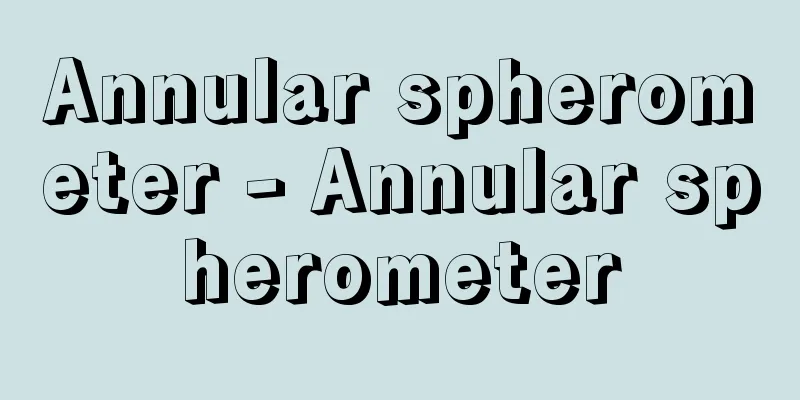Emperor Jimmu

|
The first emperor, as recorded in the Kojiki and Nihon Shoki. The name Jinmu was a Chinese-style posthumous title bestowed on him in the late 8th century. According to the Nihon Shoki, his national posthumous title was Kamu Yamato Iwarehiko no Mikoto. He was the great-grandson of Ninigi no Mikoto, who descended from Takamagahara to Hyuga in southern Kyushu, and the fourth son of Ugayafukiaezu no Mikoto. His mother was Tamayorihime, the daughter of the sea god. At the age of 45, he left Hyuga at the head of a fleet of ships, traveling east across the Seto Inland Sea, and attempted to land at Naniwa and head to Yamato, but was prevented by the army of the local warlord Nagasunehiko (Eastern Expedition), so he changed direction, bypassed the Kii Peninsula, and entered Yamato via Kumano, where he conquered the local lords and finally defeated Nagasunehiko. Six years after leaving Hyuga (according to the Kojiki it takes more than 16 years), he succeeded in pacifying Yamato, and on New Year's Day of the year of Xinyou, he ascended to the throne as the first emperor at Kashihara Palace in Unebi (the site of Kashihara City), and was hailed as the First Emperor to Rule the World (Pacification of Yamato). He then took Himetataraisuzuhime no Mikoto (called Himetataraisukeyorihime in the Kojiki) as his empress, and after 76 years of reign, he died at the age of 127 (137 in the Kojiki) and was buried in the Tohoku Mausoleum of Mt. Unebi. Emperor Jimmu in the Kojiki and Nihon Shoki is a mythical figure who stands at the juncture between the age of gods and the age of humans, and the year of his accession (660 B.C.) was created by the Chinese idea of divination, and his deeds are heavily colored by myth, with very little that conveys historical fact. However, there is also a theory that the part about his eastern expedition, which is at the core of the story of Emperor Jimmu, reflects the memory of the distant ancestors of the imperial family coming from the west. [Ryosaku Hoshino] "Emperor Jimmu" by Uemura Seiji (1957, Shibundo)" ▽ "Emperor Jimmu" by Kadowaki Teiji (Sanichi Shinsho)" ▽ "The Birth of Emperor Jimmu" by Harashima Reiji (1975, Shinjinbutsu Oraisha)" ▽ "Research History of Emperor Jimmu" by Hoshino Ryosaku (1980, Yoshikawa Kobunkan) [Reference item] |Source: Shogakukan Encyclopedia Nipponica About Encyclopedia Nipponica Information | Legend |
|
記紀に第1代と伝える天皇。神武という名は8世紀後半に贈られた中国風の諡号(しごう)である。『日本書紀』によれば、国風諡号は神日本磐余彦尊(かんやまといわれひこのみこと)。高天原(たかまがはら)から南九州の日向(ひゅうが)に降(くだ)った瓊瓊杵尊(ににぎのみこと)の曽孫(そうそん)で、鵜葺草葺不合尊(うがやふきあえずのみこと)の第4子、母は海神の女(むすめ)玉依姫(たまよりひめ)。45歳のとき、船軍を率いて日向を出発し、瀬戸内海を東へ進み、難波(なにわ)に上陸して大和(やまと)に向かおうとしたが、土地の豪族長髄彦(ながすねひこ)の軍に妨げられ(東征)、方向を変え、紀伊半島を迂回(うかい)して熊野から大和に入り、土豪たちを征服し、ついに長髄彦を倒して、日向出発以来、6年目(『古事記』では16年以上かかる)で大和平定に成功し、辛酉(かのととり)の年元旦(がんたん)、畝火(うねび)(橿原(かしはら)市の地)の橿原宮で初代の天皇の位につき、始馭天下之天皇(はつくにしらすすめらみこと)と讃(たた)えられた(大和平定)。そして媛蹈韛五十鈴媛命(ひめたたらいすずひめのみこと)(『記』では比売多多良伊須気余理比売(ひめたたらいすけよりひめ))を皇后とし、在位76年、127歳(『記』では137歳)で没して畝傍(うねび)山東北陵に葬られたという。 記紀における神武天皇は、神の代から人の代への接点に位置する神話的な人物であり、即位の辛酉の年(紀元前660年)は中国の讖緯(しんい)思想によってつくられ、事績には神話的な色彩が濃く、史実を伝えるものはほとんどないといわれる。しかし、神武天皇の物語の核心をなす東征の部分には、皇室の遠い祖先が西方からきたという記憶が反映しているとみる説もある。 [星野良作] 『植村清二著『神武天皇』(1957・至文堂)』▽『門脇禎二著『神武天皇』(三一新書)』▽『原島礼二著『神武天皇の誕生』(1975・新人物往来社)』▽『星野良作著『研究史 神武天皇』(1980・吉川弘文館)』 [参照項目] |出典 小学館 日本大百科全書(ニッポニカ)日本大百科全書(ニッポニカ)について 情報 | 凡例 |
<<: Shinmura Izuru - Shinmuraizuru
>>: Bride Dojoji - Shinmusume Dojoji
Recommend
Hampshire
…Weight: 300-350 kg. (3) Hampshire (illustration)...
H2 blockers - H2 blockers
...Also called antihistamines. Drugs that antagon...
Pre-arranged
It is a translation of the English word predestina...
Water bug (Diplonychus japonicus) - Water bug (English spelling)
An insect of the Hemiptera family, Bucconidae (ill...
Don Giovanni
This opera buffa (K.527) in two acts was composed ...
Bracteacoccus
…The zoospores break the cell wall and swim out. ...
Izumo [city] - Izumo
The city occupies the western part of the Izumo Pl...
Biostrome
...In the case of fossil beds, the origin of the ...
Sa'id Pasha
1822‐63 The fourth governor of Egypt during the Mu...
Activity coefficient
…In a sufficiently dilute solution, activity is e...
National interest
It is also called "national interest." ...
voice coder
…Voice coder is an abbreviation for voice coder. ...
Mary Magdalene
A saint from Magdala on the west shore of Lake Gal...
Kaneyama's Secret Plan
The brothers Aoji Kaneyama and Reizei, Confucian s...
Thunder Boatman - Thunder Boatman
...One of the five transformation plays that was ...









